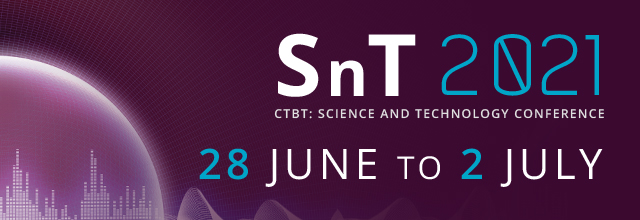Speaker
Description
We investigate the origins of seismic S-waves generated by the Source Physics Experiment (SPE), which was conducted near the north end of Yucca Flat at the Nevada National Security Site (NNSS), United States. Understanding the generation of S-waves from underground chemical explosive sources provides physical understanding of regional event screening methods that rely on P-wave and S-wave amplitude ratios. SPE explosions were recorded on a two-dimensional seismic array, enabling us to study the evolution of the near-source wavefield. First, the earth model used for simulations was adjusted until the decay rate of waveform cross-correlation coefficient as a function of inter-station distance matched observations. These comparisons validate the statistical properties of wave scattering in the numerical simulations. We found that adding depth-dependent stochastic variability to the geology-based velocity model improves simulations up to 10 Hz. After model refinement, we used high-frequency simulations and a beaming method to identify the origin of observed wave phases. In addition to waves generated at the source, conversions of Rg to S waves, basin-induced waves, and wave scattering in sedimentary layers were found to be the main mechanisms of shear-motion generation for the SPE-5 explosion source for frequencies below 10 Hz.
Promotional text
Validated simulations of SPE explosions show that near source scattering is the dominant source of S-waves. These results are applicable to event screening based on regional-distance P-wave and S-wave ratios.

